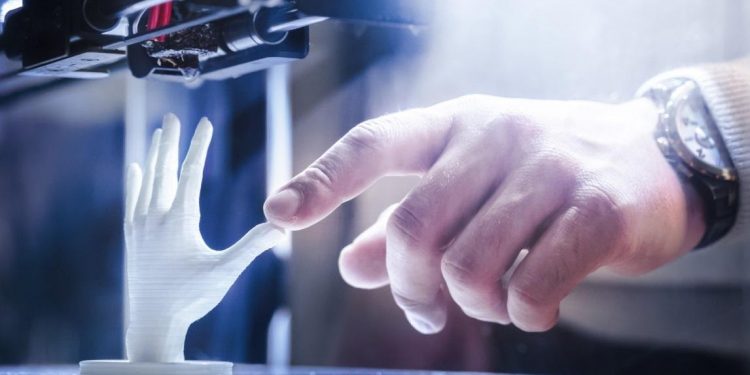3D printing technology has come a long way since its inception in the 1980s. Originally, it was used primarily for rapid prototyping, but it has since expanded to include manufacturing and even medical applications. As we approach 2023, it is clear that 3D printing will continue to play a vital role in the world of manufacturing and beyond. In this article, we will discuss some of the most exciting 3D printing trends for 2023 and how they could change the world.
1. 3D Printing in Space
One of the most exciting 3D printing trends for 2023 is the potential for 3D printing in space. NASA has been experimenting with 3D printing in space since 2014 when they sent a 3D printer to the International Space Station (ISS). The printer was used to create various objects, including a wrench, that were needed on the ISS. In the future, 3D printing in space could revolutionize space travel. It would allow astronauts to print objects on demand, eliminating the need to bring everything they might need on a mission. Additionally, 3D printing in space could enable the creation of objects that would be difficult or impossible to create on Earth due to the lack of gravity. For example, scientists could print human organs in space without the risk of collapse due to gravity.
2. Bioprinting
Bioprinting is another 3D printing trend that could change the world in 2023. Bioprinting involves using 3D printing technology to create biological structures such as human tissue and organs. While the technology is still in its early stages, it has already shown promise in the medical field. In the future, bioprinting could eliminate the need for organ donors. Instead, doctors could print new organs for patients using their own cells, eliminating the risk of rejection. Additionally, bioprinting could be used to create personalized medicine, as doctors could print drugs specific to a patient’s needs.
3. Aerospace Industry
The aerospace industry is already utilizing 3D printing technology for prototyping and production. In 2023, this trend is expected to continue, with 3D printing becoming even more integrated into the industry. 3D printing allows for the creation of lightweight, complex parts that would be difficult or impossible to create using traditional manufacturing methods. Additionally, 3D printing can reduce the time and cost required to create new parts, making it easier and more cost-effective to iterate on designs. In the future, 3D printing could revolutionize the aerospace industry by allowing for the creation of entirely new types of aircraft. For example, NASA has already created a 3D-printed rocket engine, which could lead to more efficient and cost-effective space travel.
4. Food Printing
Food printing is a relatively new 3D printing trend that could have a significant impact in 2023. Food printing involves using 3D printing technology to create edible objects, such as chocolates, candies, and even pizza. In the future, food printing could become a common way to create personalized meals. For example, restaurants could use food printing technology to create meals specific to a customer.
5. Collaboration and Open-Source Design
One of the most exciting aspects of 3D printing is the collaborative nature of the technology. With open-source design software and online marketplaces for 3D printing designs, individuals and businesses can share their designs and collaborate on projects, regardless of their location. This collaborative nature has the potential to accelerate innovation and reduce the time and resources required to develop new products. Additionally, 3D printing allows for rapid prototyping and iteration, enabling designers to test and refine their ideas quickly.
6. Increased Adoption in Education
3D printing is becoming increasingly popular in education, with many schools and universities incorporating 3D printing technology into their curriculums. This trend is likely to continue in 2023, with more educational institutions investing in 3D printing technology.
3D printing allows students to create physical objects from their designs, bringing their ideas to life in a range of products including 3d printers, production printers and office printers. This can enhance creativity and innovation, as well as teach practical skills such as design and engineering. Additionally, 3D printing can be used in science education, allowing students to create models of molecules, cells, and other biological structures for a hands-on learning experience.
7. Mass Customization
One of the most significant trends that we can expect to see in 2023 is the mass customization of products. With 3D printing, it is possible to create customized products at scale, which was previously impossible with traditional manufacturing methods. This opens up a range of new opportunities in industries such as fashion, healthcare, and consumer goods.
In the fashion industry, for example, 3D printing allows designers to create unique and personalized clothing items for their customers. This trend has already begun with companies like Adidas, which has created 3D-printed sneakers customized to an individual’s foot size and shape. Similarly, in the healthcare industry, 3D printing allows for the creation of customized prosthetic limbs and implants that are tailored to a patient’s specific needs.
Follow Techdee for more!





